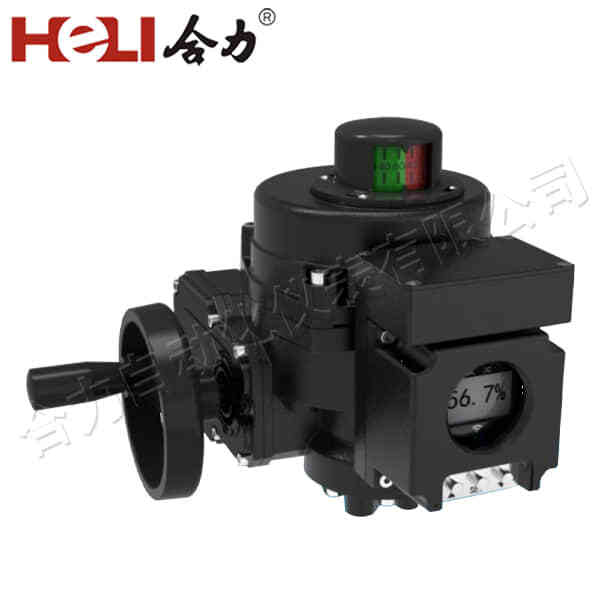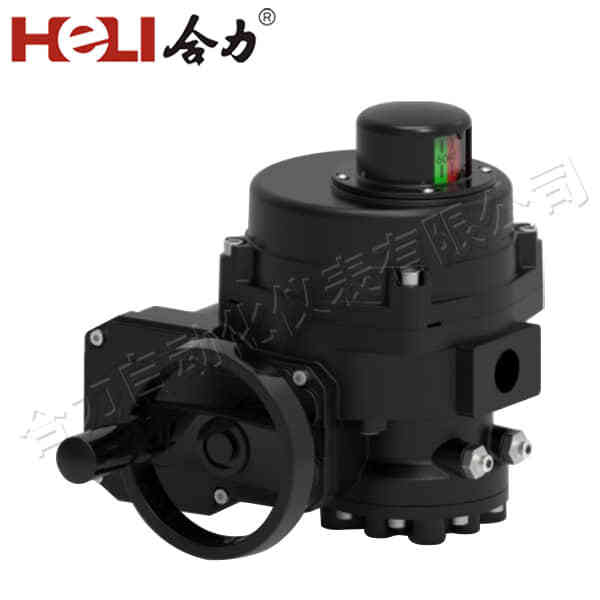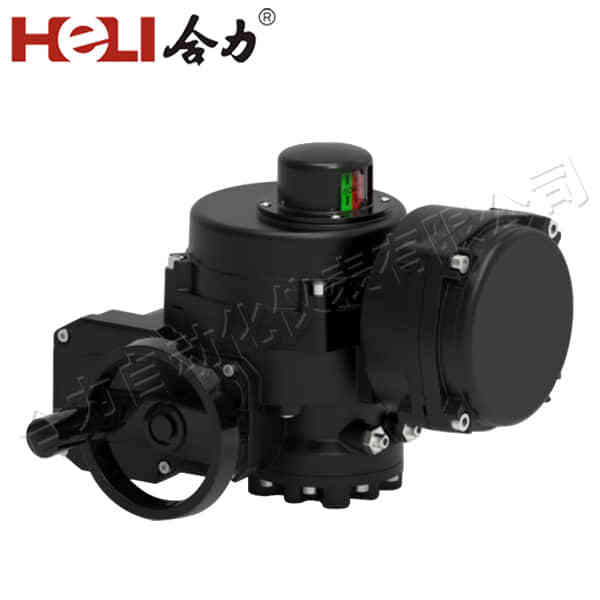Electric actuators are integral components in many modern systems that require controlled movement or force. Used across various industries, they convert electrical energy into mechanical motion, providing precise, reliable, and efficient control over systems. Whether it’s for adjusting the position of a valve in an industrial process, moving robotic arms in manufacturing, or adjusting the position of a car seat, electric actuators play an essential role. In this article, we’ll explore the working principles, applications, types, and benefits of electric actuators, highlighting their significance in today’s automated world.

Working Principles

Electric actuators function by converting electrical energy into mechanical energy. This process is carried out through the use of a motor—typically an electric motor—that drives a mechanical system to produce motion. The motor’s rotational movement is then transferred to a mechanical device, such as a gear, screw, or lever, which creates the desired linear or rotary motion. The motion produced by electric actuators can vary from a simple push or pull (linear movement) to a complex rotational movement (rotary movement). These actuators are controlled via electrical signals, which are often adjusted using a control system like a PLC (Programmable Logic Controller) or a direct input device.
